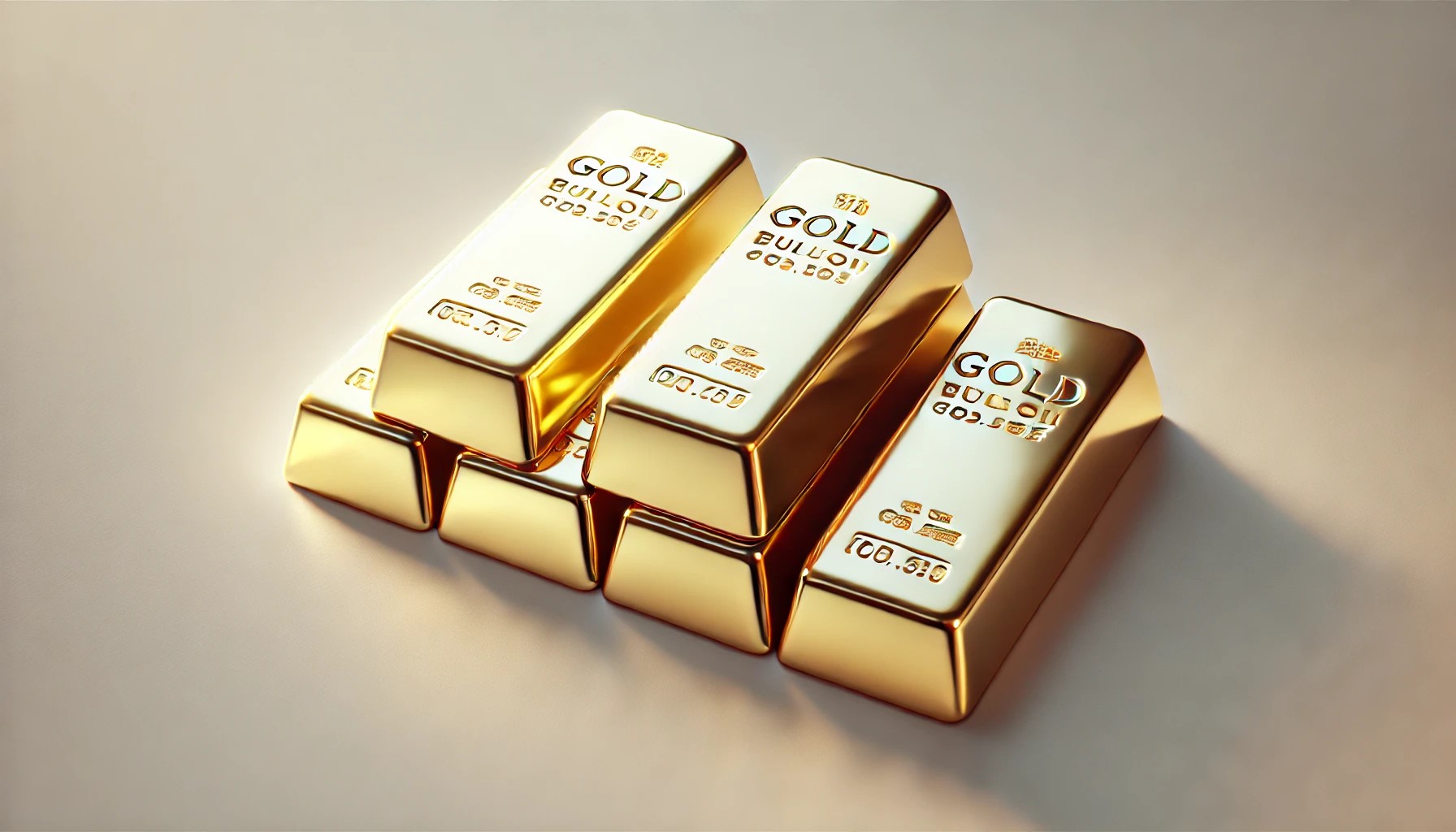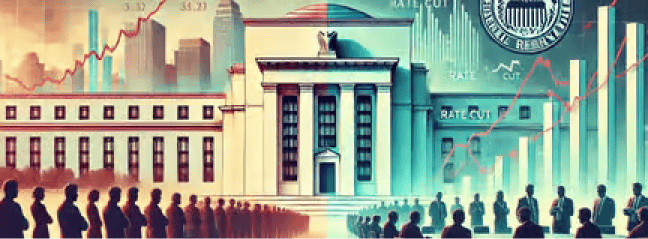For investors and market-watchers alike, the Federal Reserve’s interest rate decisions serve as a powerful signal, potentially setting off a chain reaction across financial markets. From stock indices to currency valuations, and from bonds to commodities, the Fed’s monetary policy stance can influence virtually every major asset class. One such asset is gold—long revered as a safe haven, hedge against inflation, and store of value during economic uncertainty. Understanding how interest rates affect this precious metal can help investors make more informed decisions.
The Relationship Between Interest Rates and Gold
Gold is a unique investment because it doesn’t offer a yield in the form of dividends or coupon payments. Instead, its value is derived mainly from its scarcity, historical significance, and role as a perceived safe haven. When interest rates rise, holding cash, bonds, or other interest-bearing instruments becomes relatively more attractive because these assets now promise higher returns. Since gold doesn’t generate any interest, some investors might rotate out of it in favor of yields elsewhere, potentially pressuring gold prices lower.
Conversely, when the Fed lowers interest rates, borrowing money becomes cheaper, consumer demand often picks up, and economic growth may get a boost. This lower interest rate environment also diminishes the relative appeal of bonds and other fixed-income investments, making gold more attractive by comparison. Lower yields tend to weaken the dollar, another factor that can lift gold prices since the metal is priced in U.S. currency—when the dollar falls, gold typically becomes more affordable for international buyers.
Why the Fed’s Decisions Carry So Much Weight
The Federal Reserve uses interest rates as a tool to guide the U.S. economy through various phases of the business cycle. By adjusting the federal funds rate, the central bank can nudge borrowing costs higher or lower, attempting to balance maximum employment and stable prices. These decisions aren’t made in a vacuum; the Fed analyzes a wide spectrum of data, including inflation metrics, employment reports, and global economic developments.
When the Fed signals a change in its interest rate trajectory—either by raising rates, cutting them, or keeping them steady—markets respond. Traders and investors try to anticipate these moves and often reposition their portfolios accordingly. In times of economic uncertainty or when the Fed’s outlook is dovish (favoring lower interest rates), gold prices often rise as investors seek shelter from volatility and the potential erosion of their purchasing power.
The Impact of a Rate Hike on Gold
Scenario: Suppose the Fed hints at higher interest rates in the near future. This stance often corresponds with strong economic data and lingering inflation concerns. As rates climb, newly issued bonds and savings accounts become more appealing. The logical consequence: some investors rotate out of gold and into interest-bearing assets, potentially leading to near-term downward pressure on gold prices.
However, this relationship isn’t always linear. If rising interest rates trigger fears that the economy could cool too rapidly or contribute to heightened market volatility, gold may retain or even gain appeal as a hedge against instability. Timing and market sentiment play crucial roles in how gold’s price reacts.
The Effect of a Rate Cut on Gold
Scenario: When the Fed cuts interest rates—often in response to economic slowdowns or signs of weaker growth—it aims to stimulate borrowing, spending, and investment. Lower yields often reduce the attractiveness of bonds and cash-based investments, making gold a more appealing hedge. In addition, rate cuts often lead to a weakening U.S. dollar, giving international buyers more purchasing power to acquire gold, effectively pushing up its price.
When the Fed Stands Pat
Scenario: Sometimes the Fed might keep rates unchanged, waiting for more data before making a move. Even in this scenario, the Fed’s communication is critical. Investors parse every word from the central bank’s chair and official statements to glean the future direction of monetary policy. If the markets perceive the Fed to be overly cautious or uncertain, it may spur some investors to seek the safety of gold. On the other hand, if the Fed’s neutral stance suggests economic stability and no imminent changes, gold prices might remain steady or move only modestly.
Diversification and the Long Game
It’s important to recognize that short-term interest rate decisions are just one factor influencing gold prices. Geopolitical tensions, supply and demand dynamics, technological shifts (like gold-backed digital assets), and global central bank policies can also play pivotal roles. For many investors, gold’s true value lies in its ability to diversify portfolios. By holding gold alongside equities and bonds, investors can potentially reduce portfolio volatility, especially during turbulent economic periods.
Bottom Line
The Fed’s interest rate decisions can have a meaningful impact on gold prices, largely through changes in market sentiment, dollar strength, and the relative attractiveness of other investments. While gold may lose some luster when interest rates climb, it often shines when rates fall or uncertainty rises. Understanding this interplay can help investors better position themselves for the future. Whether you’re a seasoned trader or a newcomer to precious metals, keeping a close eye on the Fed’s policies and communicating with financial professionals can lead to more strategic investment choices.
o1


